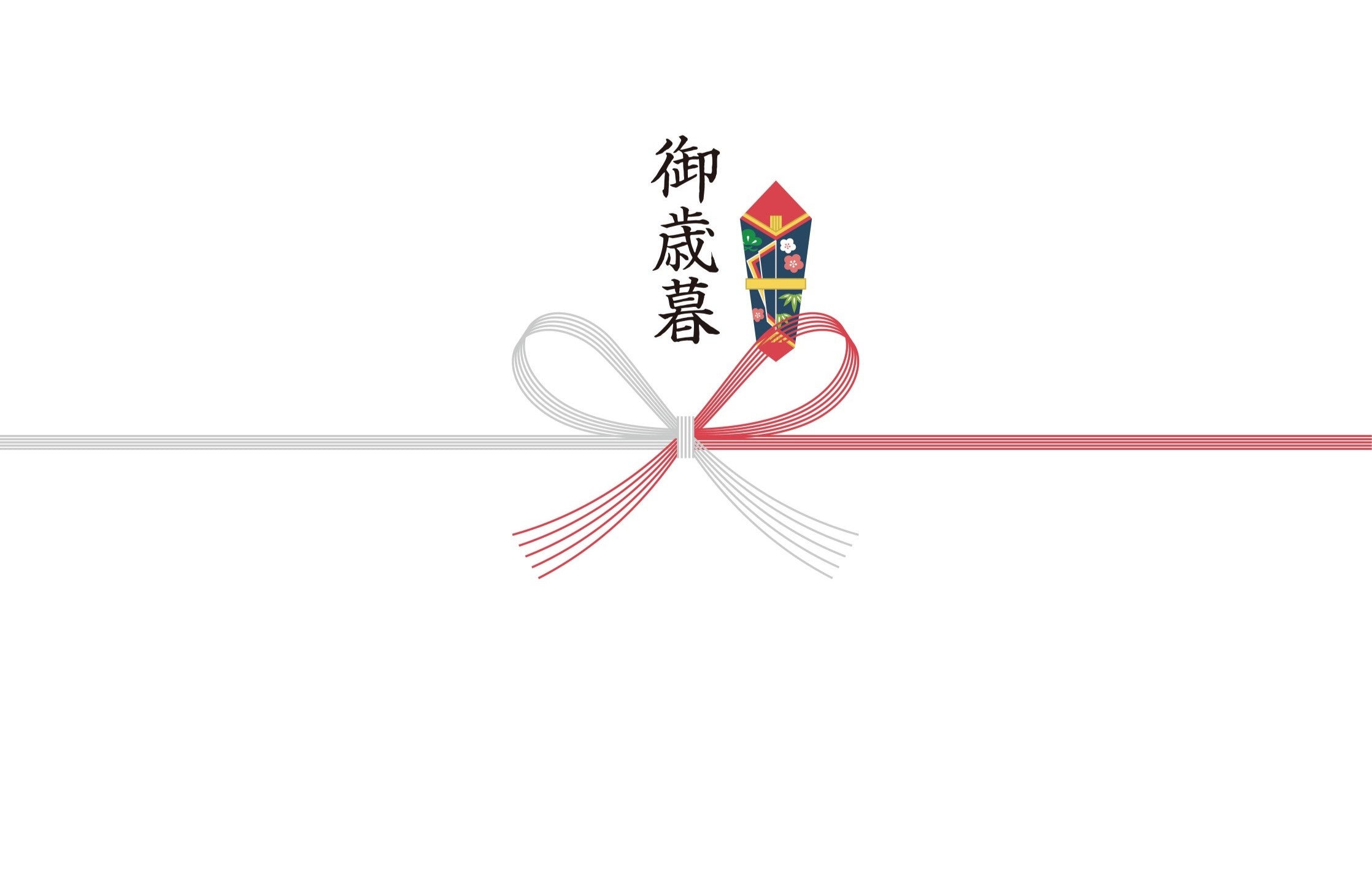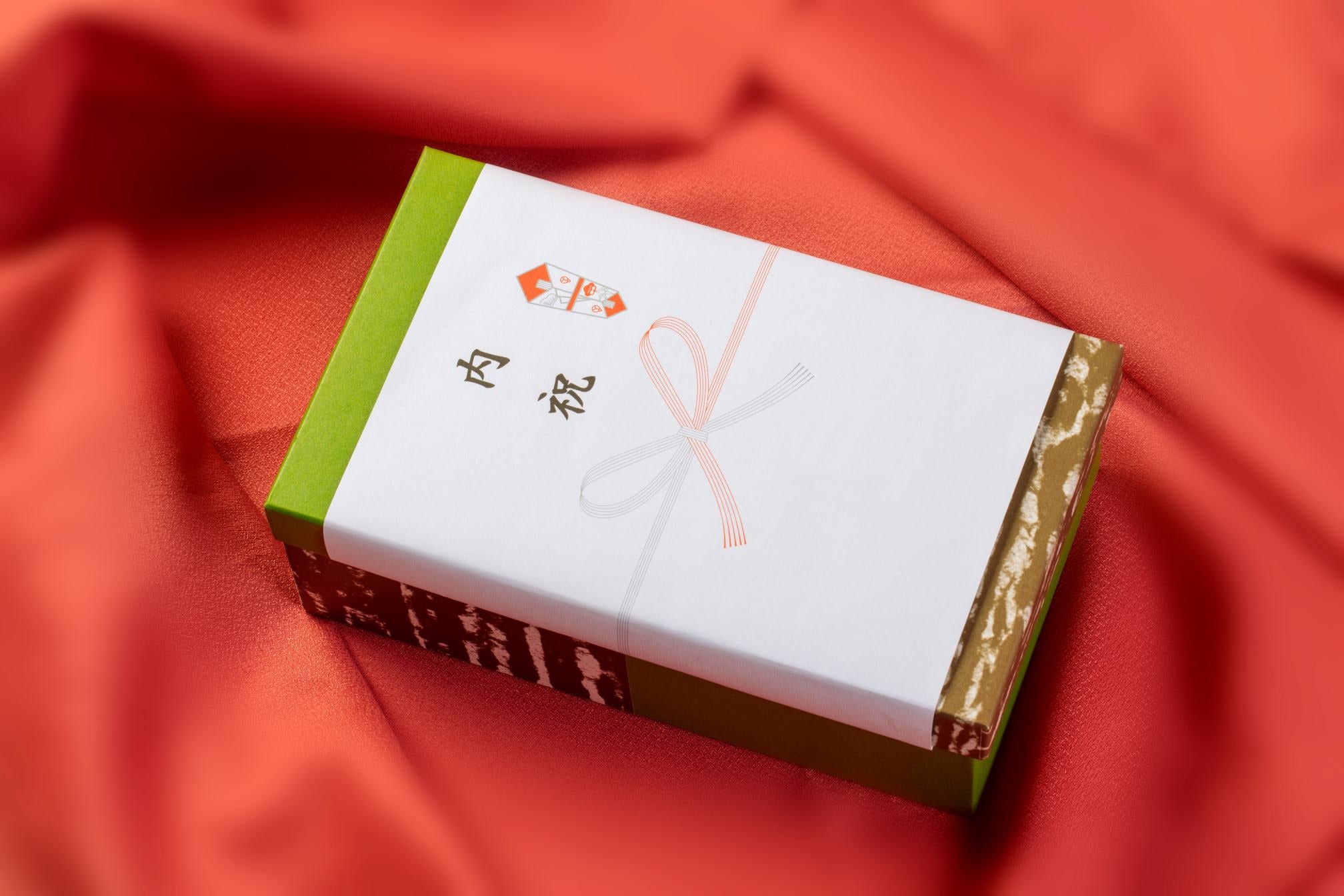
A complete guide to writing Noshi and Mizuhiki! Also explains how to use them for happy and sad occasions
- Introduction
- First of all, what is "Noshi"?
- The types and meanings of "Mizuhiki"
- How to tie Mizuhiki
- Mizuhiki Color
- Number of Mizuhiki
- Rules for using wrapping paper for each gift
- The difference between "Noshi paper" and "Kaki paper"
- Please write the name and address on the wrapping paper.
- Is it rude to use a short paper gift tag?
- The difference between inner wrapping and outer wrapping
- summary
Introduction
Do you have a proper understanding of "Noshi"?
Noshi, a Japanese cultural item, is an essential part of gift-giving and celebrations. By learning the rules and usage of noshi, you can be careful not to be rude when giving a gift.

First of all, what is "Noshi"?
In fact, there are probably not many people who have a precise understanding of noshi.
Many people may think of "Noshi" as any paper wrapped around a gift, with words such as "Celebration of XX" written on it, but more accurately, noshi refers to the decoration found on the top right corner of gift envelopes and gift wrapping paper.
Many people may have seen the thing before but not really know what it is, but noshi was originally made from abalone shellfish.
It is said that the origin of noshi awabi is abalone that is thinly sliced, dried, and then stretched. Originally, the custom was to wrap it in a wrapping called noshi abalone, but in modern times this has been simplified and printed wrapping is used.

Long ago, there was a custom of including dried abalone (noshi abalone) as a lucky charm when giving a gift.
As evidenced by the legend that both Qin Shi Huang and Yang Guifei were fond of eating abalone, abalone has long been popular as a miracle elixir for eternal youth and longevity.
It is said that many Japanese military commanders, including Oda Nobunaga, would always eat abalone before going into battle.
As such, abalone originally had auspicious meanings, but the act of "stretching" when making noshi abalone also carries the meaning of wishing for the long life of a loved one and the joy of auspicious events to continue into the future, and so it is still used as a symbol of celebrations today in gifts, wedding favors, and congratulatory presents.

The types and meanings of "Mizuhiki" that are often seen in combination with Noshi
The red and white decoration that is often seen in a set with the aforementioned "Noshi" has another name, "Mizuhiki."
Mizuhiki is a string used to tie around envelopes or paper that contain gifts, and is believed to ward off evil spirits and as proof that the gift is unopened.
The occasions in which you can use mizuhiki vary depending on the way you tie it, its color, and the number of strands, so be careful not to make any mistakes.

How to tie Mizuhiki
There are several ways to tie mizuhiki, but the three most common are as follows:
Bow knot (flower knot)
This is the most common way to tie a knot. Since it can be untied and re-tied, it is used for all kinds of celebrations and auspicious occasions, such as birth gifts, school entrance gifts, midyear gifts, and year-end gifts, as it is something that can be enjoyed many times.
Knot
Because once tied it is difficult to untie, the Musubikiri is used with the hope that it will be a one-time thing or that it will not be repeated, and is used exclusively for celebrations such as weddings and gifts for recovery, as well as for funerals in general.
Awaji Musubi (Abalone Musubi)
It is a type of knotted string, and is said to have gotten its name from the fact that the loop part resembles the awabi shellfish.
It is used for celebrations only once, as it is the most firmly tied and difficult to untie. It is also often chosen as a wedding gift because of its cute appearance and because it can be tied even more firmly by pulling both ends. It is used in the same situations as the Musubikiri.

Mizuhiki Color
Each color used for Mizuhiki has a different meaning. When wrapping money, you need to be especially careful because the color changes depending on the amount of money you are wrapping.

On special occasions
For common celebrations such as weddings, births, and longevity celebrations, vibrant colors such as red and white, gold and silver, and red gold are used.
Red and white are standard colors used for celebrations and auspicious occasions in general. If you are having trouble deciding on a color for a happy occasion, you can't go wrong by choosing red and white mizuhiki.
If you are giving a gift for a special occasion such as a housewarming or 60th birthday, or if you are giving a large amount of money over 50,000 yen, you can use gold and silver Mizuhiki to make the gift envelope more attractive. Incidentally, those with 10 strings are considered to be for weddings.

At the time of funeral
Black and white mizuhiki is commonly used for funerals.
Black and white in particular is a standard color for condolence envelopes, and can be used regardless of region. In addition to black and white, silver, blue-white, and in some regions, dark yellow Mizuhiki are also used, but for funerals, black and white or double silver Mizuhiki are used, and for memorial services, the color of Mizuhiki used may vary depending on the religion and region, so it is important to be careful. Basically, you can't go wrong by choosing black and white Mizuhiki.
When it comes to the mizuhiki used on condolence envelopes, you need to be especially careful, as the amount you can wrap will change depending on the color and how it is made.
First, the printed type of black and white or blue and white mizuhiki is used when wrapping amounts of around 5,000 yen. The unprinted type that is tied tightly and the black and white or yellow and white are used for amounts of 10,000 to 30,000 yen, and the double silver is used for amounts over 30,000 yen.

Number of Mizuhiki
There are rules regarding the number of mizuhiki used, and odd numbers are the norm.
Generally, five sticks are used, but three sticks are sometimes used for simplicity, and seven sticks are sometimes used when giving an expensive gift. By the way, nine sticks are not used because they are associated with "bitterness."
Additionally, for weddings, which are considered to be particularly auspicious occasions, ten mizuhiki strands, double the five strands, are chosen.

The difference between "Noshi paper" and "Kaki paper"
Paper that has both a noshi and mizuhiki is called "noshi paper."
On the other hand, any paper that is wrapped around a gift or envelope, regardless of whether it is wrapped with a noshi or mizuhiki, is called "kakigami," and noshi paper is one type of kakigami.
"Noshi paper" is used only for celebrations, and for funerals such as memorial services, "kaki paper" with only mizuhiki printed on it is used, without the noshi.

Rules for using wrapping paper for each gift
General celebrations and celebratory events
When expressing gratitude for seasonal greetings such as midyear and year-end gifts, or when sending gifts for a baby's birth or other special occasions, it is common to use "noshi paper" printed with a noshi and a bow-knotted mizuhiki.
In recent years, more and more people are not bothering to pay attention to this, but originally, when giving perishable goods such as crab or meat, the rule is to use "wrapping paper" without a noshi. 
Unlike before, there are more types and designs of noshi paper, and the variety of noshi paper used for celebratory occasions in particular is increasing, including pop and colorful designs.
For wedding gifts, gorgeous and formal noshi paper, such as those decorated with gold and silver foil for a luxurious look or those with a red phoenix design, are popular.
On the other hand, for seasonal greetings such as midyear and year-end gifts, clean and simple designs are often used.

Funeral
As mentioned above, at funerals such as memorial services, noshi paper is used, but instead wrapping paper with only black and white or double silver mizuhiki (a type of paper with five knots) is used, so be careful.

Please write the name and address on the wrapping paper.
Regardless of whether it is a happy or sad occasion, the wrapping paper must have a title (such as "Midyear gift" or "Birth gift" or "Condolences"), as well as the name of the sender.
The title should be written in the center of the top row of the Mizuhiki. If you want to add a name, write it in the center of the bottom row of the Mizuhiki.
It doesn't matter whether these are printed or handwritten. If you are writing them yourself, it is preferable to use a brush, but even if you don't have one, avoid using a ballpoint pen and write carefully in regular script with a brush pen or felt tip pen. 
Is it rude to use a short paper gift tag?
There are two types of noshi paper: standard noshi paper used to wrap the bulk of a gift, and small strips of noshi paper that are attached to the item itself.
Tanzaku noshi are small in size and give the impression of being simple, but the meaning is the same and it will not be considered rude to the recipient. When using tanzaku noshi, attach it to the upper right corner of the gift, not in the center, with tape or glue.

The difference between inner wrapping and outer wrapping
Depending on where the noshi paper is placed, it is called "uchi-noshi" or "soto-noshi."
As the name suggests, inner wrapping is a noshi that is placed inside the wrapping paper and cannot be seen from the outside.
On the other hand, outer noshi is a noshi that is attached to the outside of the wrapping paper so that the giver and the contents of the gift can be identified at a glance.
The use of inner and outer wrapping varies by region, so there are no strict rules, but generally, inner wrapping is used when you want to send something more modest, such as a gift to celebrate a special occasion or a condolence gift. However, in recent years, gifts are often sent by courier, so inner wrapping is often chosen to prevent damage during delivery.
On the other hand, for wedding or baby gifts, outer wrapping is used so that the recipient can see it at a glance.
Originally, inner noshi was a reflection of the Japanese sense of humility, as in "it's just a small token of my gratitude," so for wedding or baby shower gifts, it is appropriate to use outer noshi, which can be seen as an expression of the desire to celebrate in a grand manner.
summary
What did you think? Although it is simply called "Noshi," it has many meanings that have been cultivated over a long history.
Some of you may have felt that this is a bit formal, but it is important to understand the rules and usage of noshi and mizuhiki, which are traditional Japanese culture, while also thinking about the recipient and the occasion for the gift-giving.
Learn how to use noshi to make your important gift even more meaningful.




